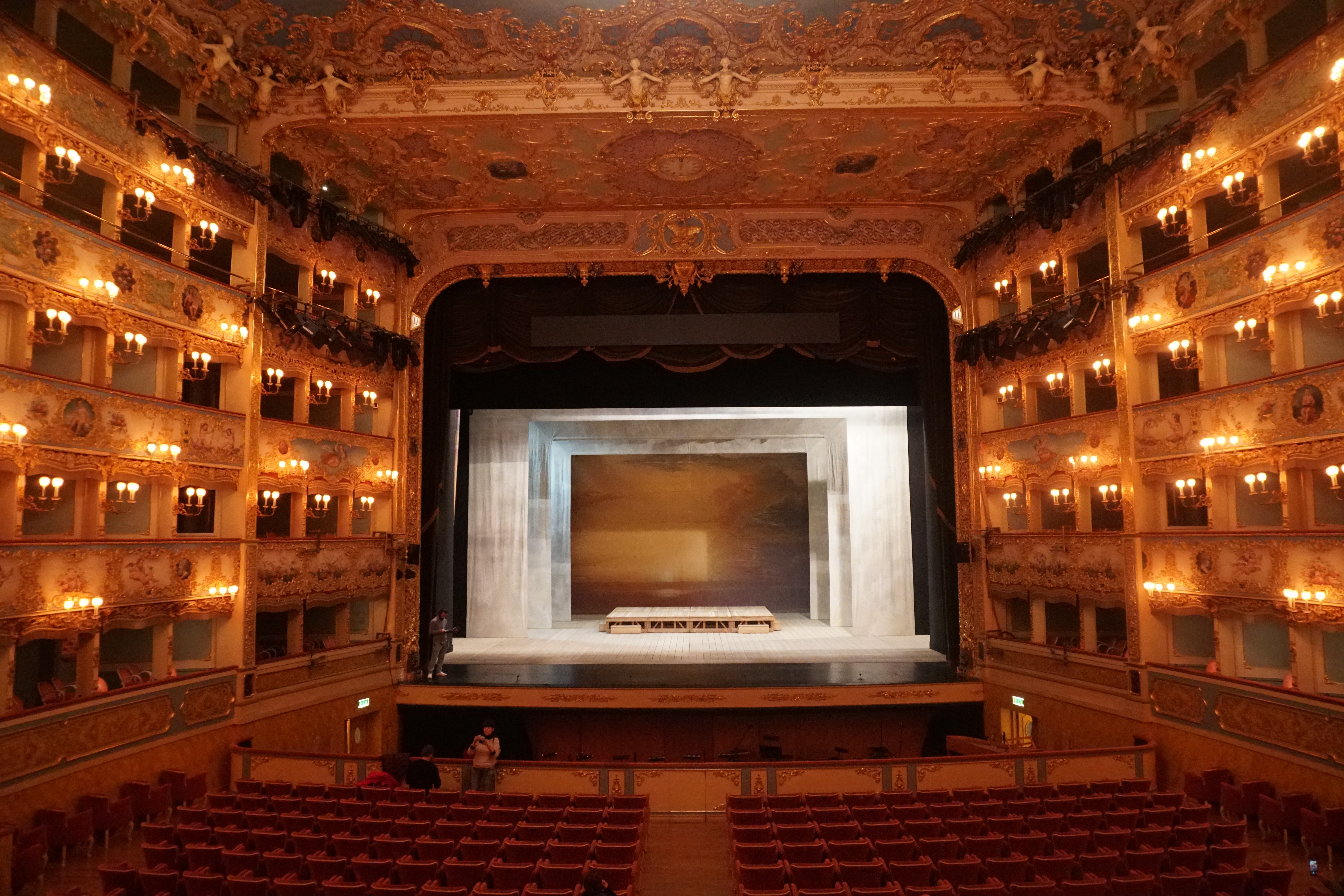Abstract
Acoustic texture is defined as the subjective impression that listeners derive from patterns in the sequence of early sound reflections that arrive at their ears. Lately a set of features were proposed to quantify the room acoustic texture from room impulse responses. These parameters include Expected Texture (ETx), Mixing Time (Mt) and Distance Between Models (DBM). They describe different properties of the particular echo density function (edf) defined as the decay-cancelled outliers cumulative energy, over time. On the other hand, temporal sound field diffuseness in enclosures could be experimentally quantified based on measured room impulse responses. In an attempt to find the quantification capability of texture parameters, and their relation with sound field diffuseness, acoustic diffusers extension, early decay time and reverberation time, a systematic investigation was conducted sampling the sound field through RIRs, whereby different room configurations using a variable scattering interior surface extension were tested, considering the hypothesis that varied degrees of surface scattering will ultimately lead to varied degrees of sound field diffuseness in the enclosure. To this end, a test room was established with interior surface configurations ranging from totally plane surfaces to 18.6 m2 of diffusely reflecting surfaces uniformly distributed all over the enclosure's interior area. Also, a concentrated distribution of scattering surfaces near the sound source was tested. This paper discusses the experimental design and evaluates the results of data collected relating them using neural net models.

